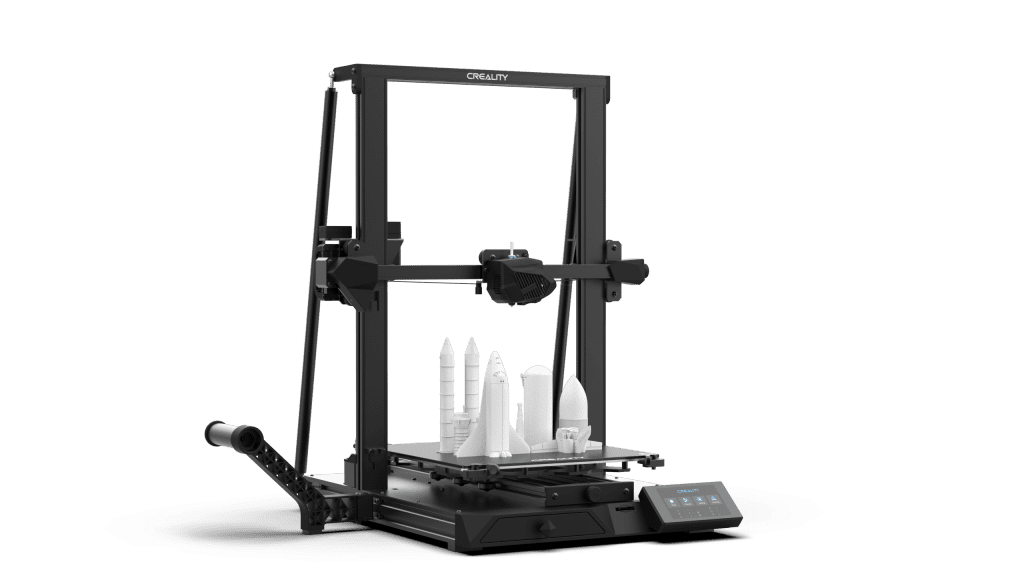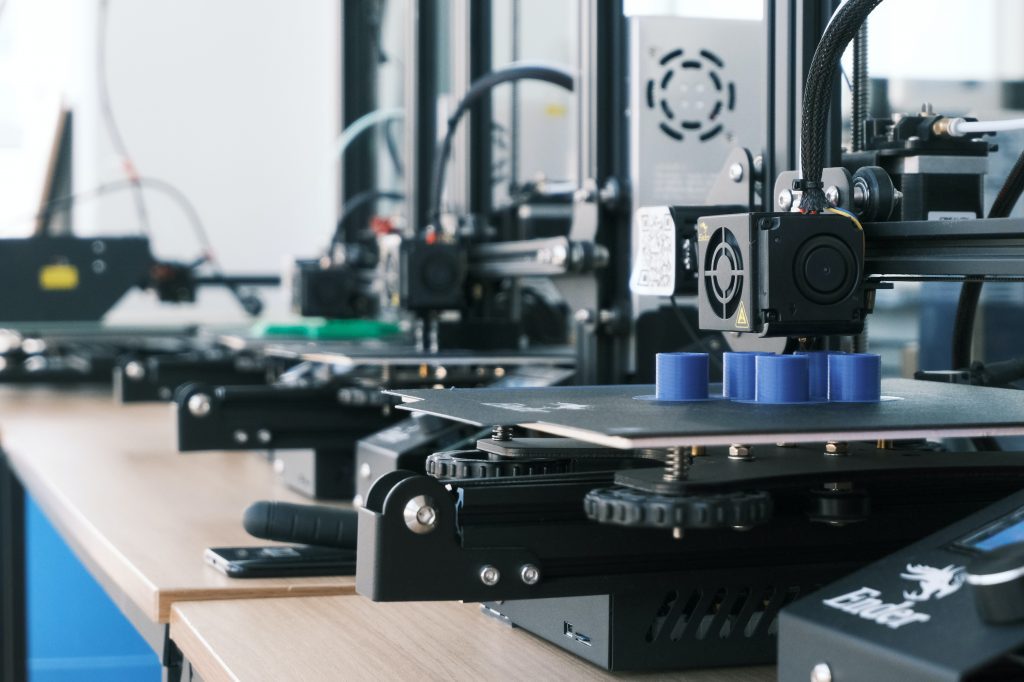Spis treści:
The number of 3D printer users, which is growing year by year, goes hand in hand with a progressive decrease in the prices of the devices – there is a battle for shares in the market of machines for incremental production, both in the sector of amateur, semi-professional and professional printers. Interestingly, despite the widespread use of small desktop printers, companies offering printing services in various technologies are springing up like mushrooms and are present in practically all major cities.
So the question arises, is a person with his own machine able to enter the market of printing services and – what is more – to maintain it, generating satisfactory profits? How to make money on 3D printer without having to invest in expensive machines and the necessary premises for them, or even production halls? We will try to answer these questions by outlining the technological as well as commercial background.
First of all, the type of machine and the scope of services
There is no doubt that the more advanced the machine used to provide 3D printing services, the greater the range of materials and sizes that can be offered to potential customers. The price of the machine is also followed by the accuracy and repeatability of the manufactured parts, reliability, level of service support, or the ability to monitor and manage the printing process. What is more – the choice of printing technology is also important and will, to some extent, determine the areas in which it will be possible to provide services.
For example, customers from the automotive, machine or medical industries make intensive use of, among others, SLM technology, based on a high-power laser for the selective melting of metal powder. Printing of metal objects makes it possible to obtain functional models of machine parts, components for use in vehicles, or… implants for reconstructive operations of the skull or the hip plate.
The classic FFF technology, based on printing with ABS, PET-G, ASA or TPU filaments, is used, for example, to create prototypes of small electronic equipment housings, which is often used by design offices operating on the industrial design market.
SLA technology, on the other hand, has found its place in the dental industry, where it is used to create models for prosthetics.
Secondly, production efficiency and good management
The basic issue that needs to be considered when thinking about how to make money on a 3D printer providing services to professional customers, is the problem of production efficiency and proper management of the process of taking orders, preparation of the print, and all the other technological and logistical issues that lie outside the production process itself. Although the largest 3D printer farms use highly automated systems for handling incoming orders, this way of work is sometimes burdened with by the occurrence of unforeseen errors, which an experienced employee would be able to catch without any problem in a few moments. Therefore, it is worth betting in the first place on competent technological support and advice on the choice of material and method of printing – not every client will be fluent in the matter of durability nuances, and the 3D model obtained may be even unfeasible in the chosen technology.
When aiming at serial production, you need to anticipate the need to run at least two machines with similar capabilities, although in the case of small (and much cheaper) FFF or SLA printers, usually a few machines are the minimum necessary. Another issue to think about is the system of archiving data, storing stocks of material, or handling the printing schedule – an incorrect arrangement of the order of works may significantly hinder the timely completion of orders, especially in the case of large, time-consuming prints.
Third, the right start
Earning money with a 3D printer is definitely not the easiest form of income, but it should not be seen as an area inaccessible to ‘mere mortals’. There are a number of opportunities that allow more advanced amateur printers to start creating bespoke models.
First of all, you need to answer the question as to which target group you can direct your services at – it’s not worth trying to “bite off more than one can chew”, trying to enter the highly competitive market of professional printing services right away – a good start is often to find customers among individual students and scientific circles, and even small companies that also often need to quickly produce one or several details for the purposes of prototyping, small batch production or, for example, the replacement of a damaged or missing component in a machine undergoing servicing.
Often the purchase of an in-house printer, along with the necessary preparation of the machine for operation and training of the relevant employee, will be completely uneconomic for a small business, whereas coming forward and offering your services at an affordable price can be an excellent way to start your own “3D business”.
How useful was this post?
Click on a star to rate it!
Average rating 0 / 5. Vote count: 0
No votes so far! Be the first to rate this post.







